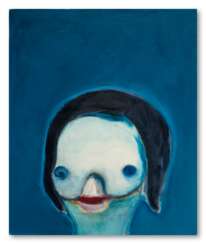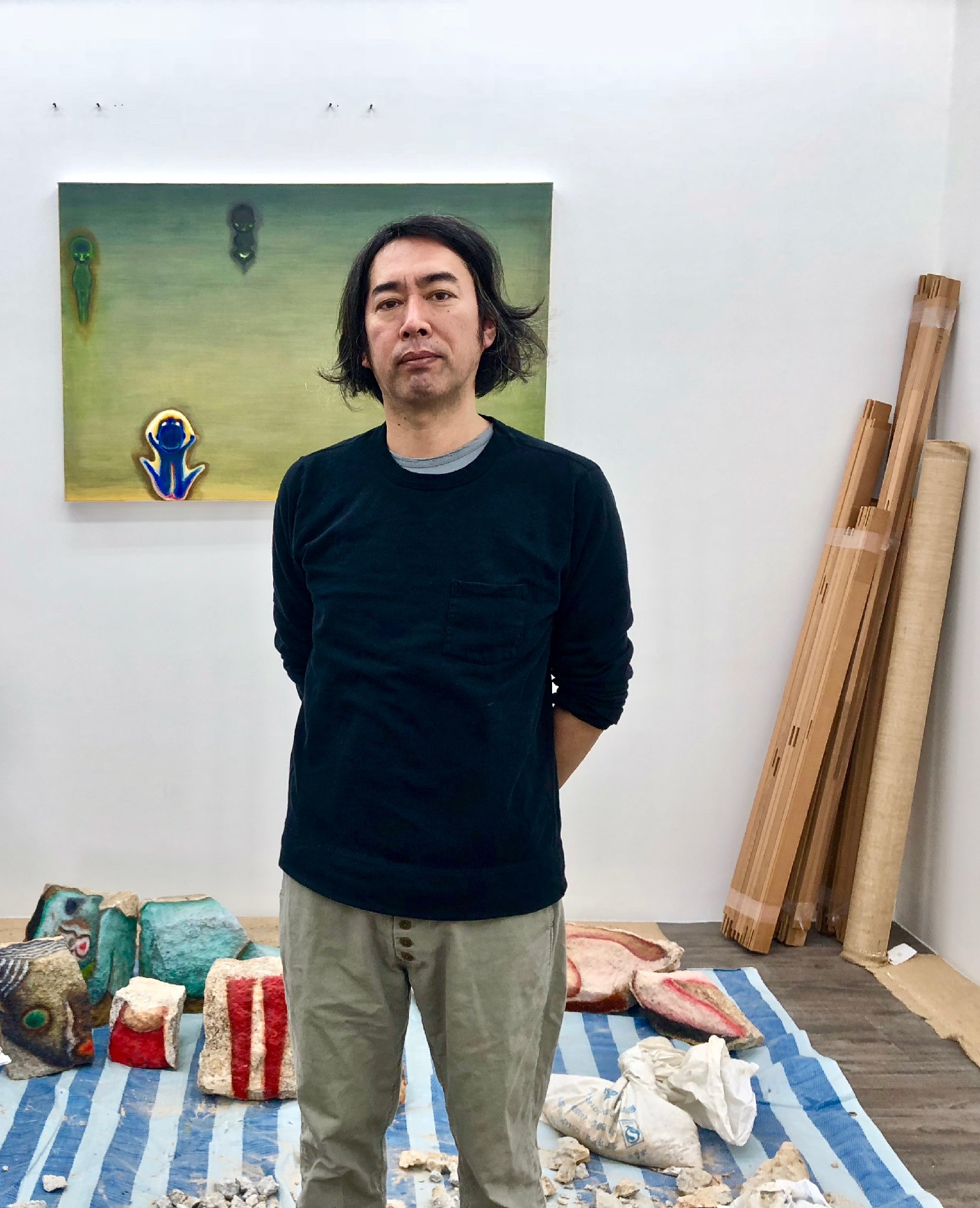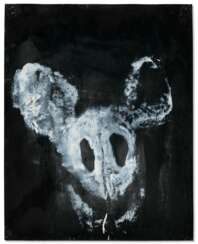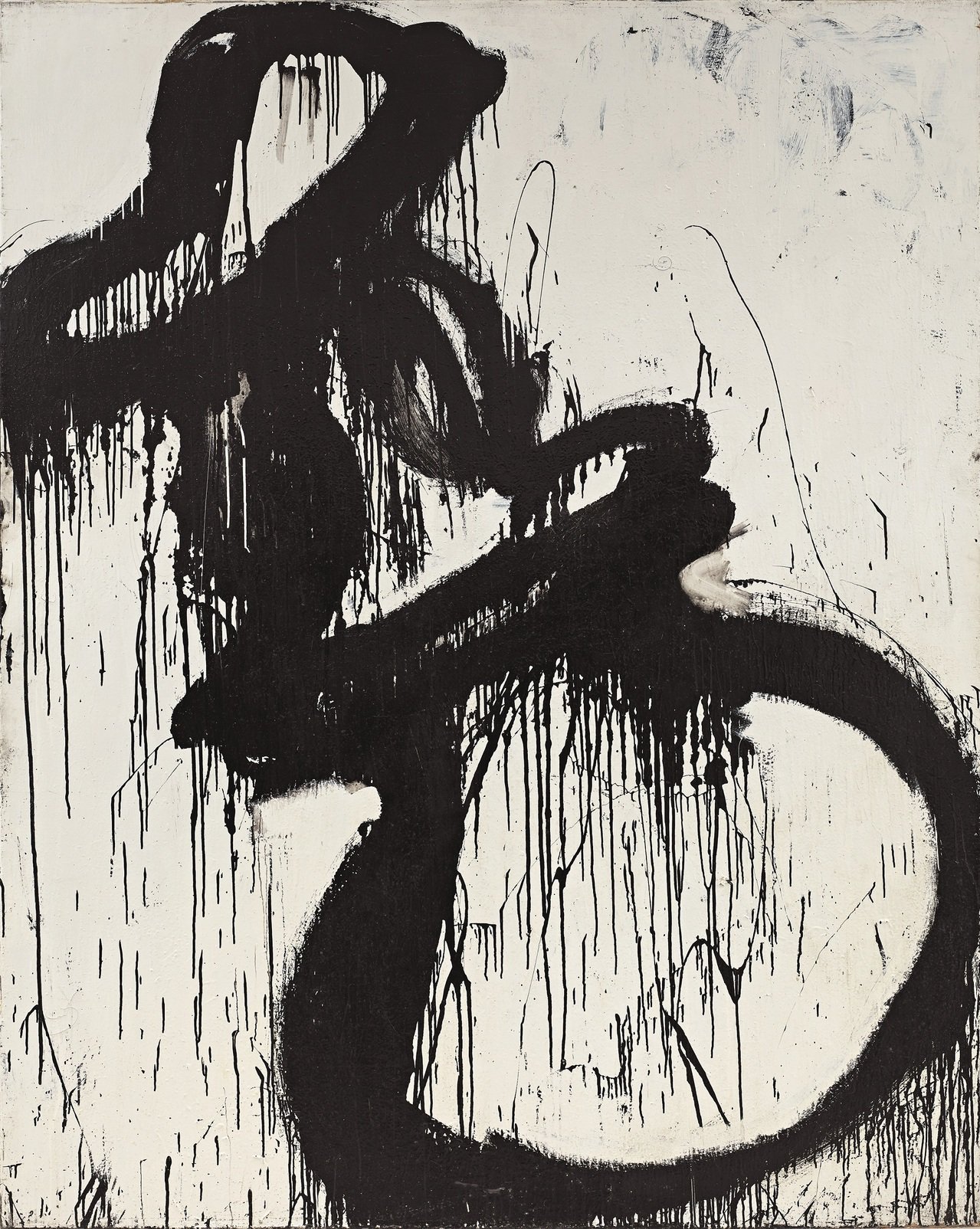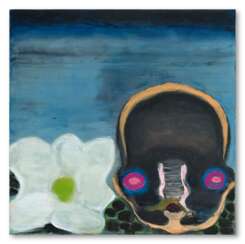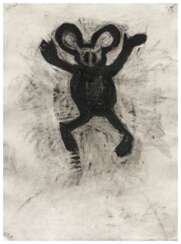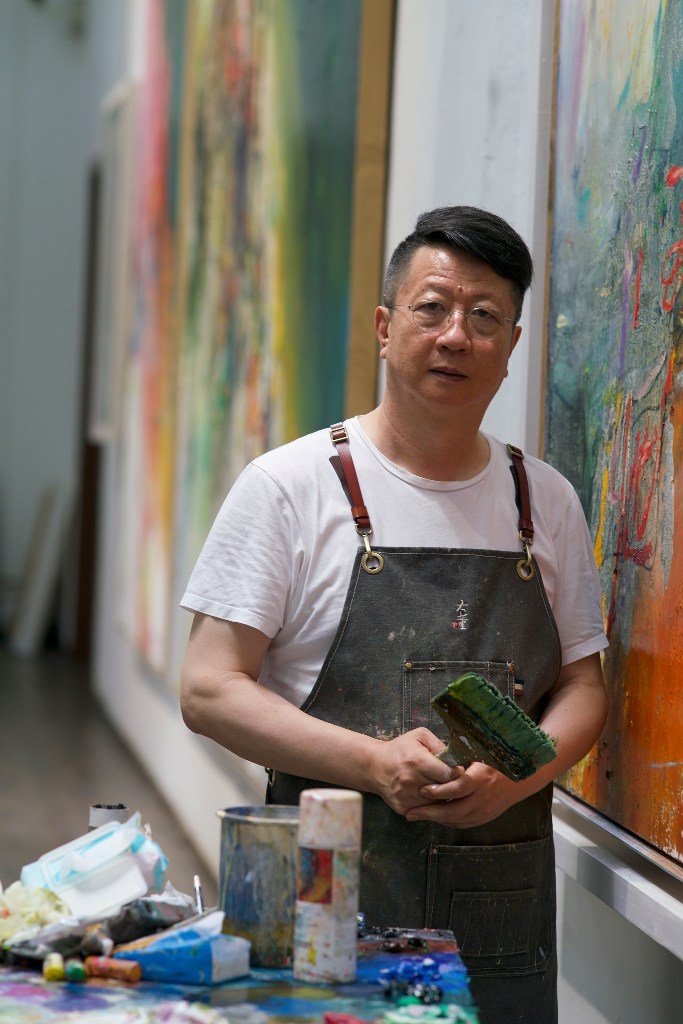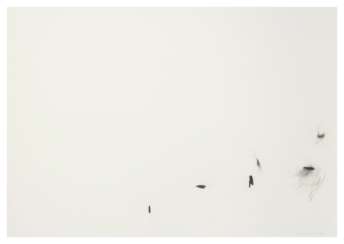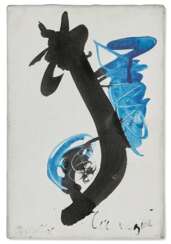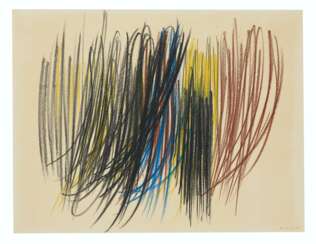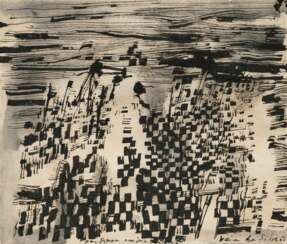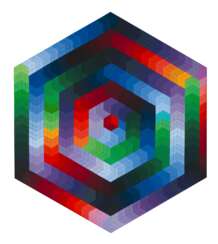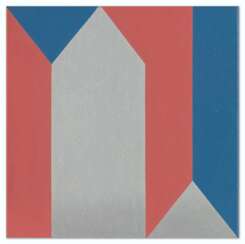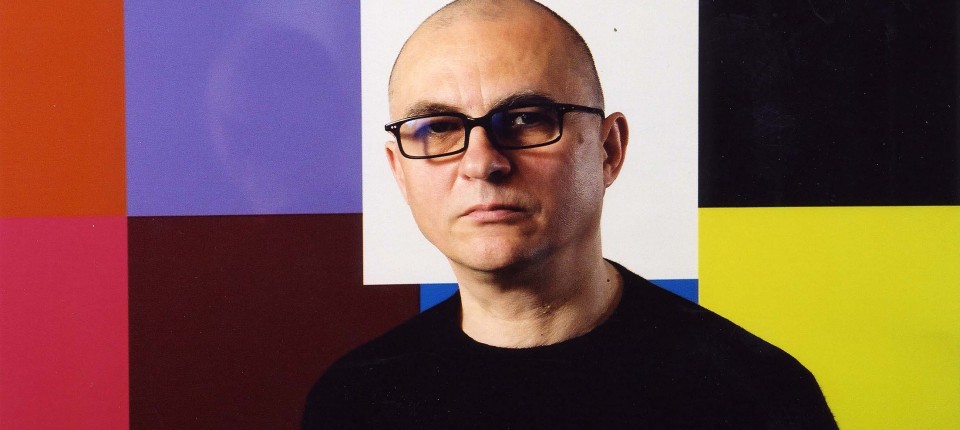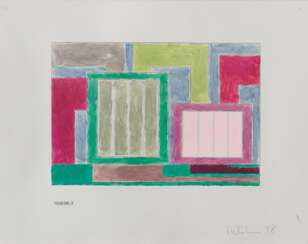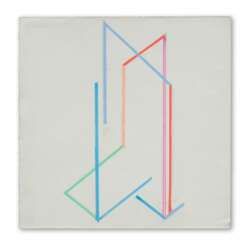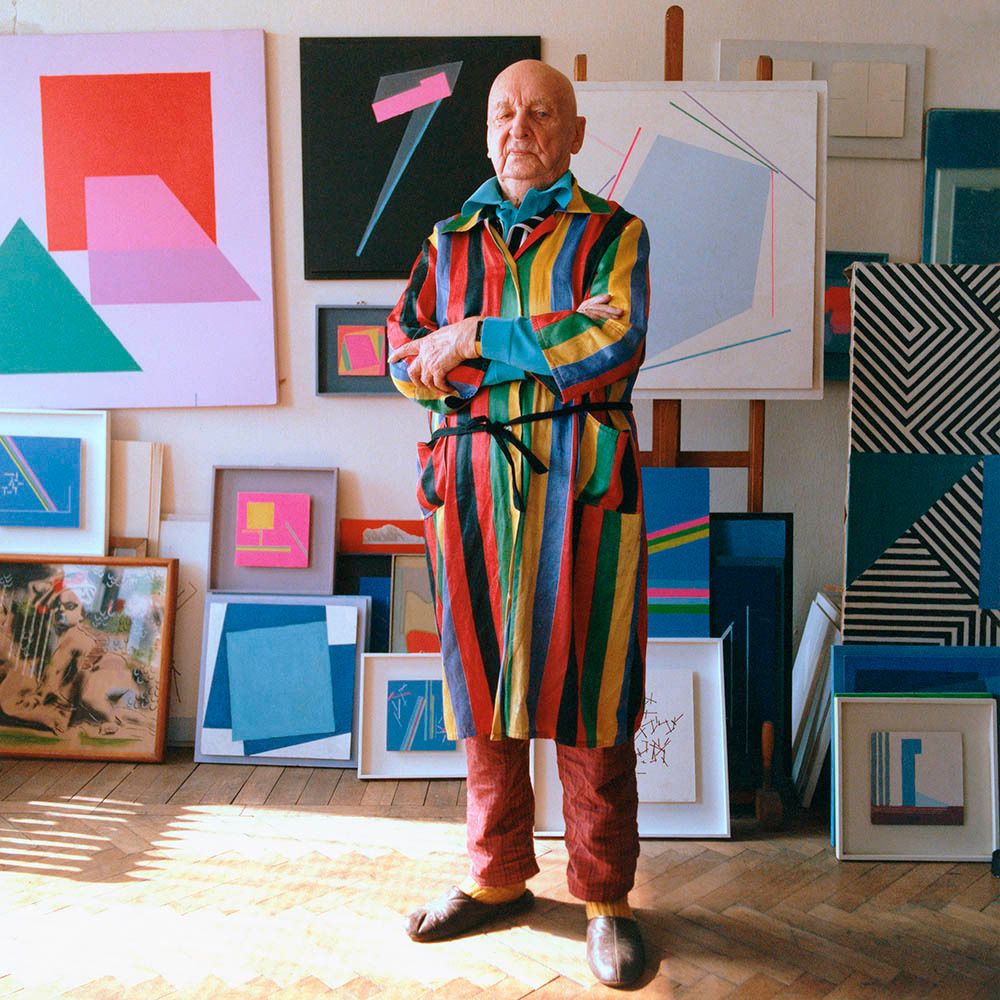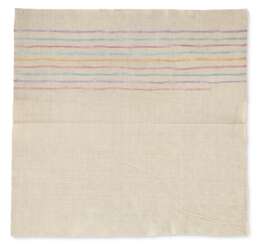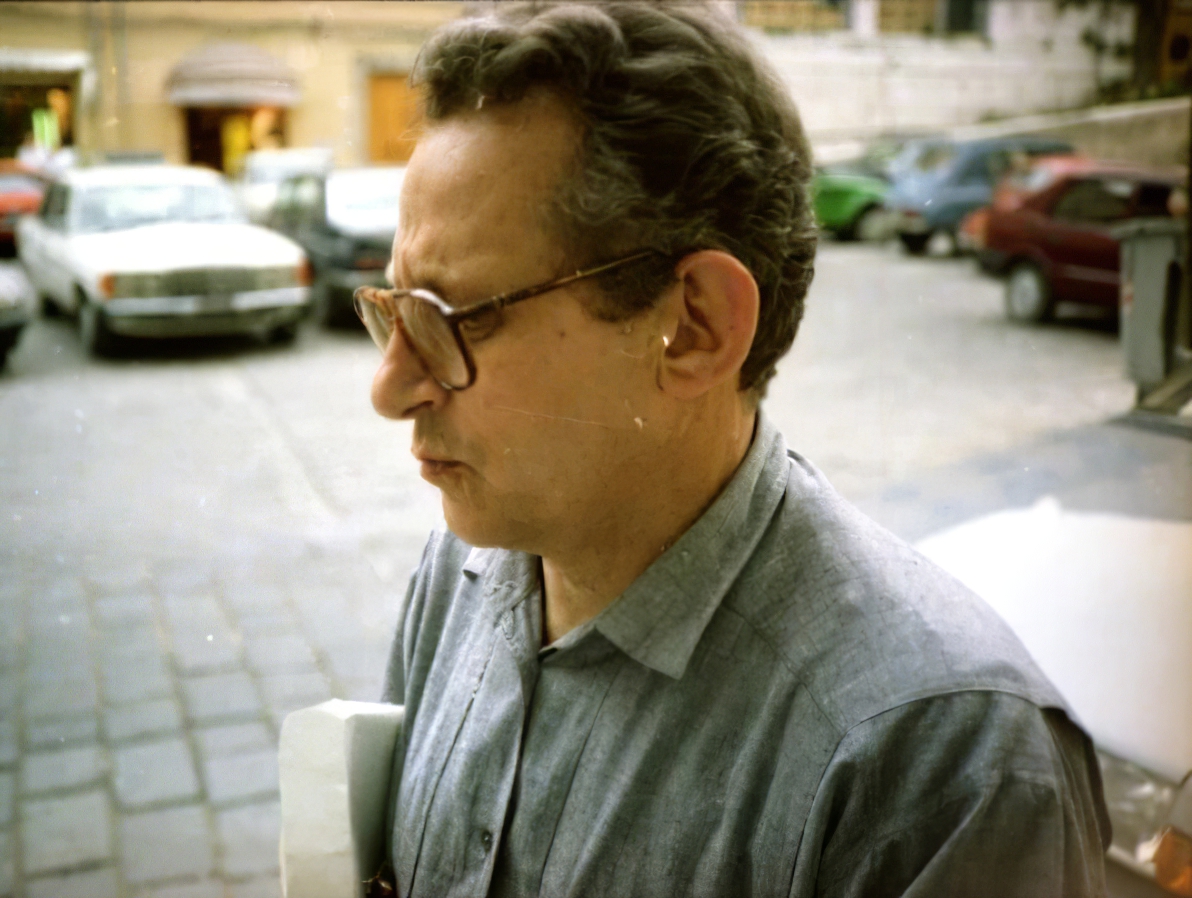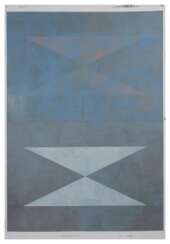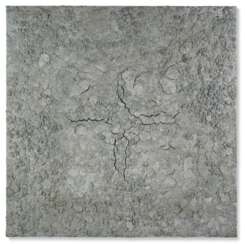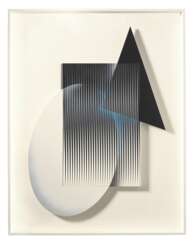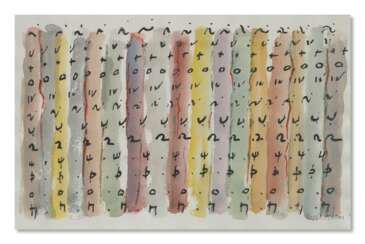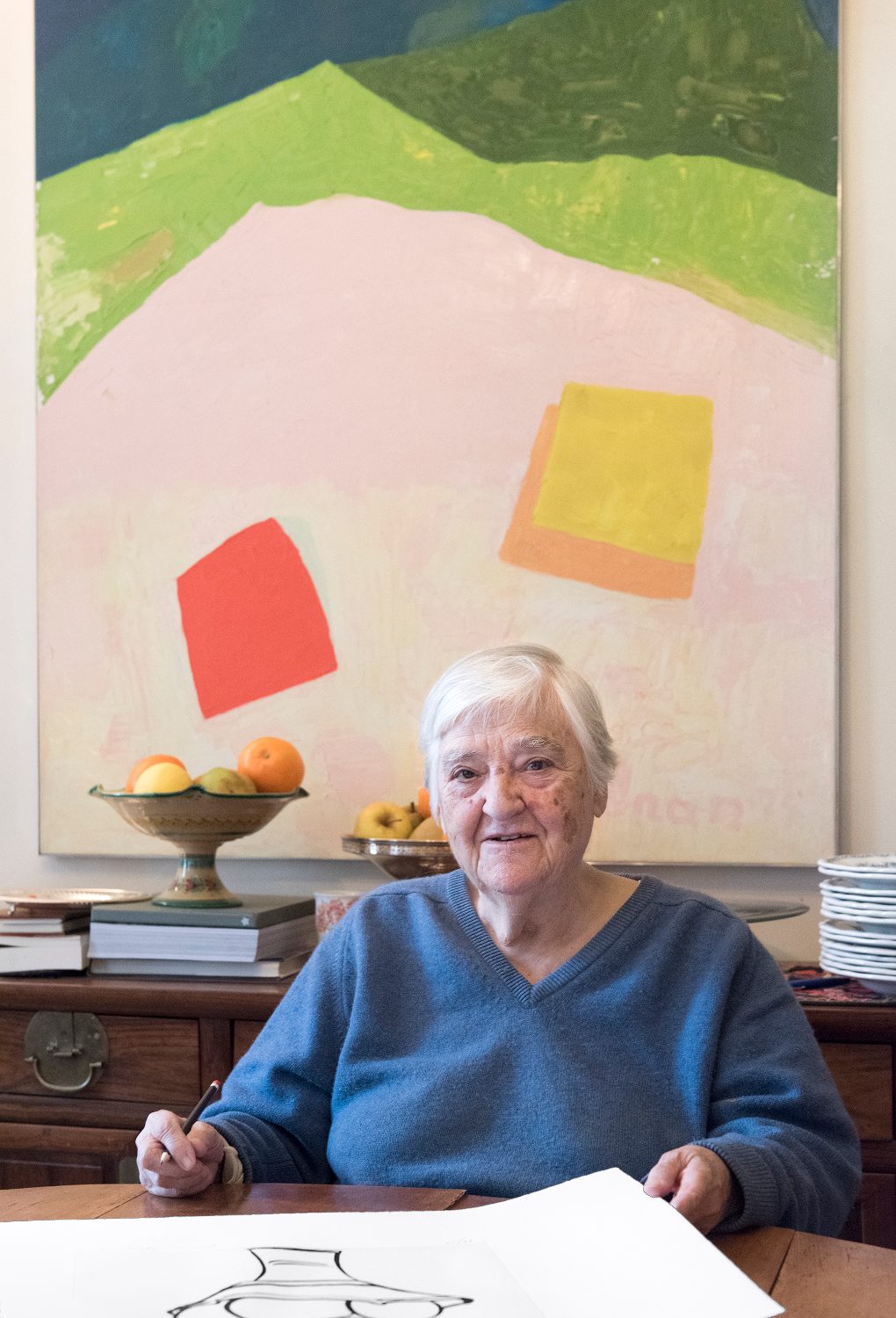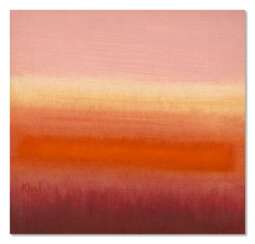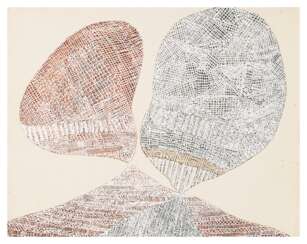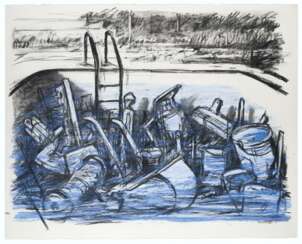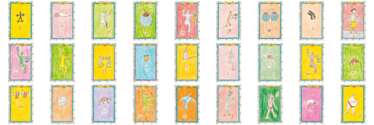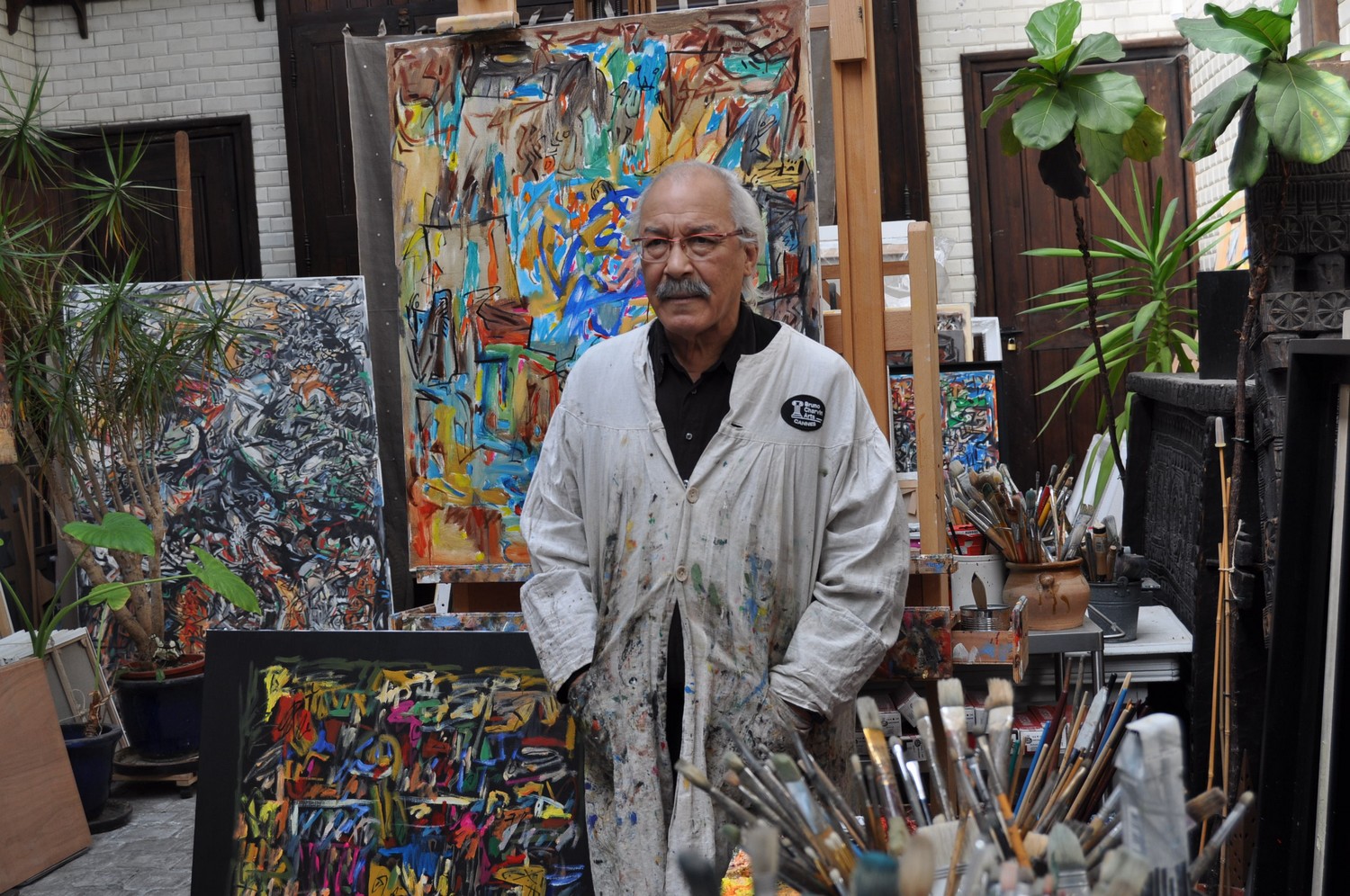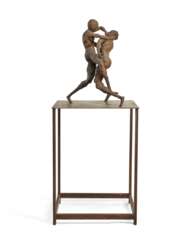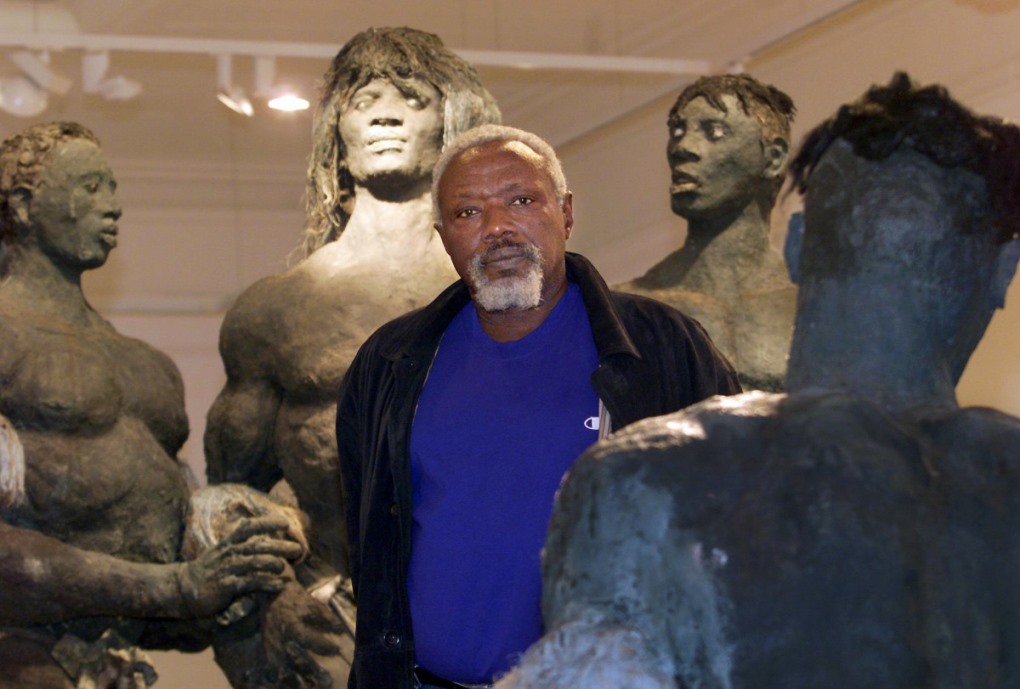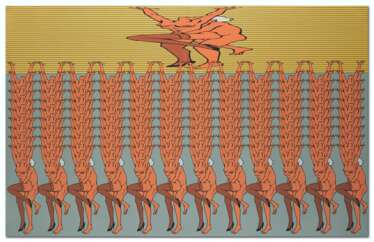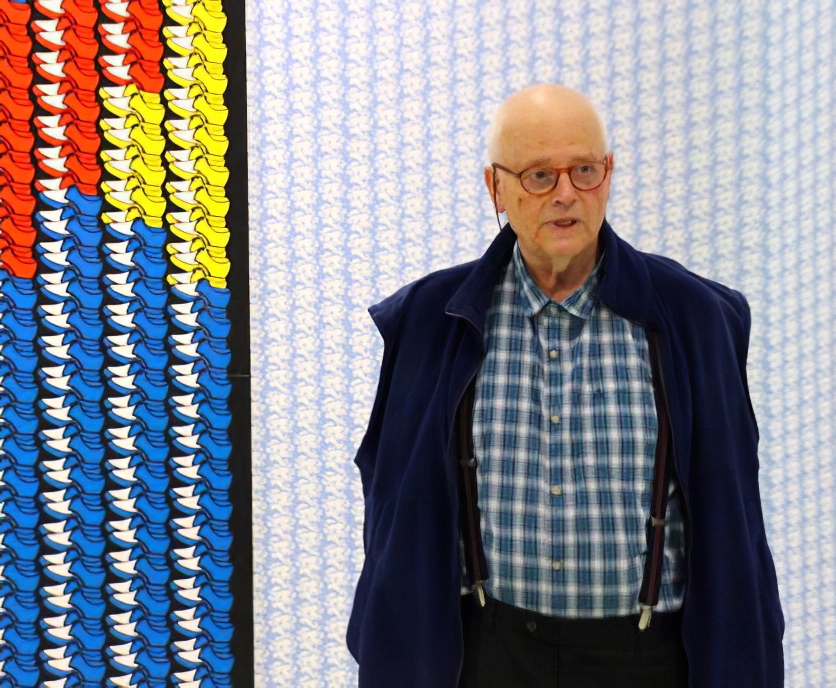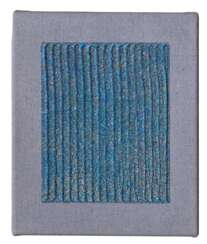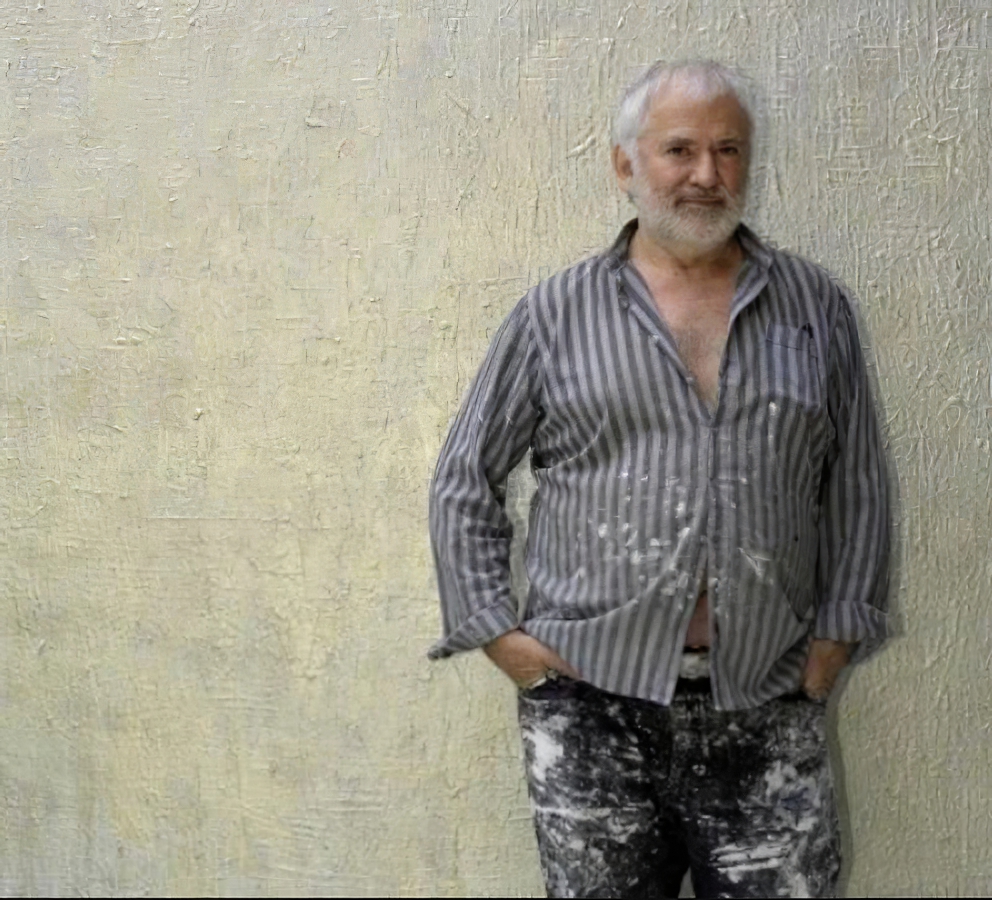
Post War & Contemporary Art online sale
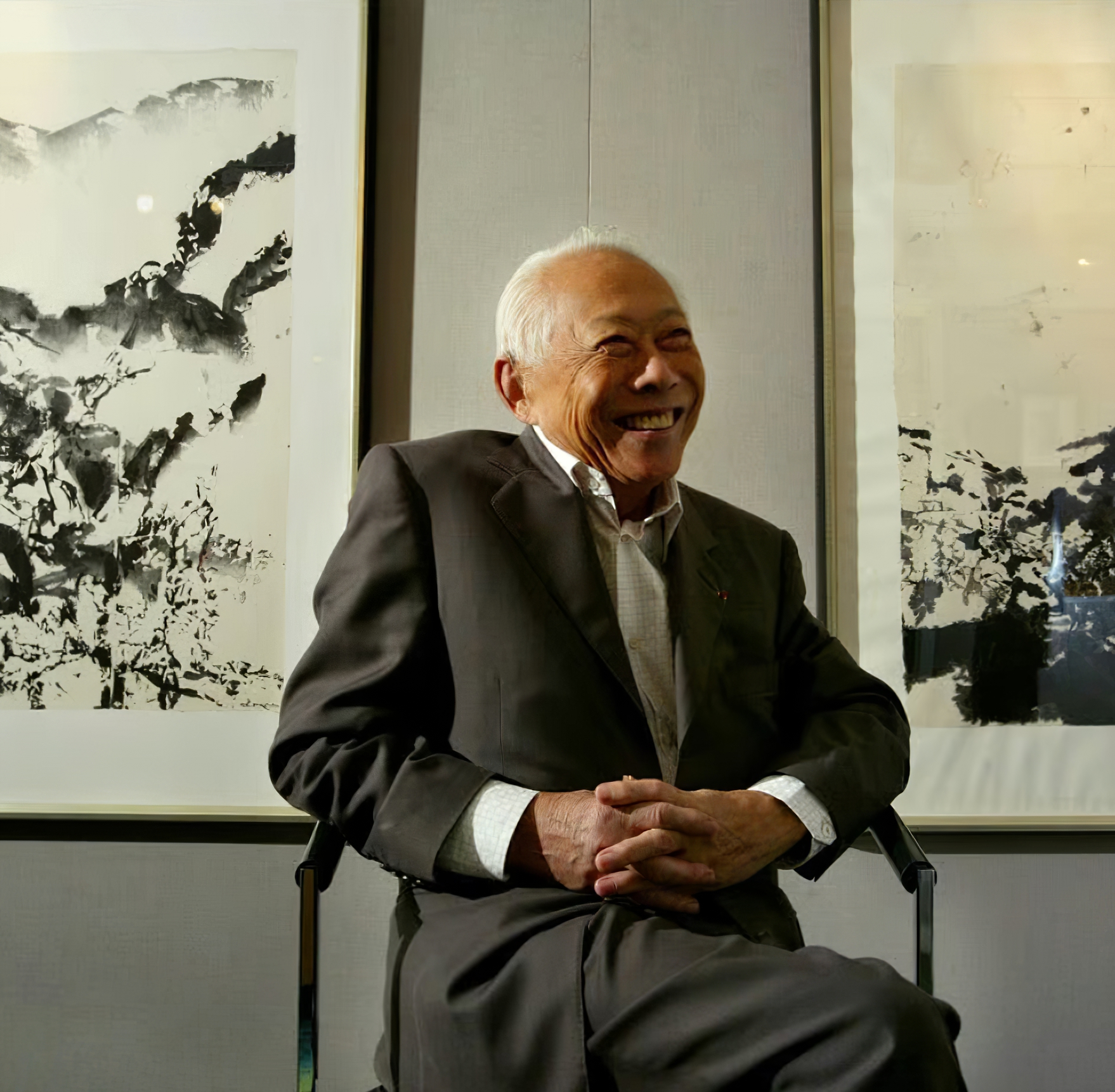
Zhao Wou-Ki (Chinese: 赵无极, pinyin: Zhào Wújí) was a Chinese-French painter. He was a member of the Académie des Beaux-Arts in Paris. Zao Wou-Ki graduated from the China Academy of Art in Hangzhou, where he studied under Fang Ganmin and Wu Dayu.
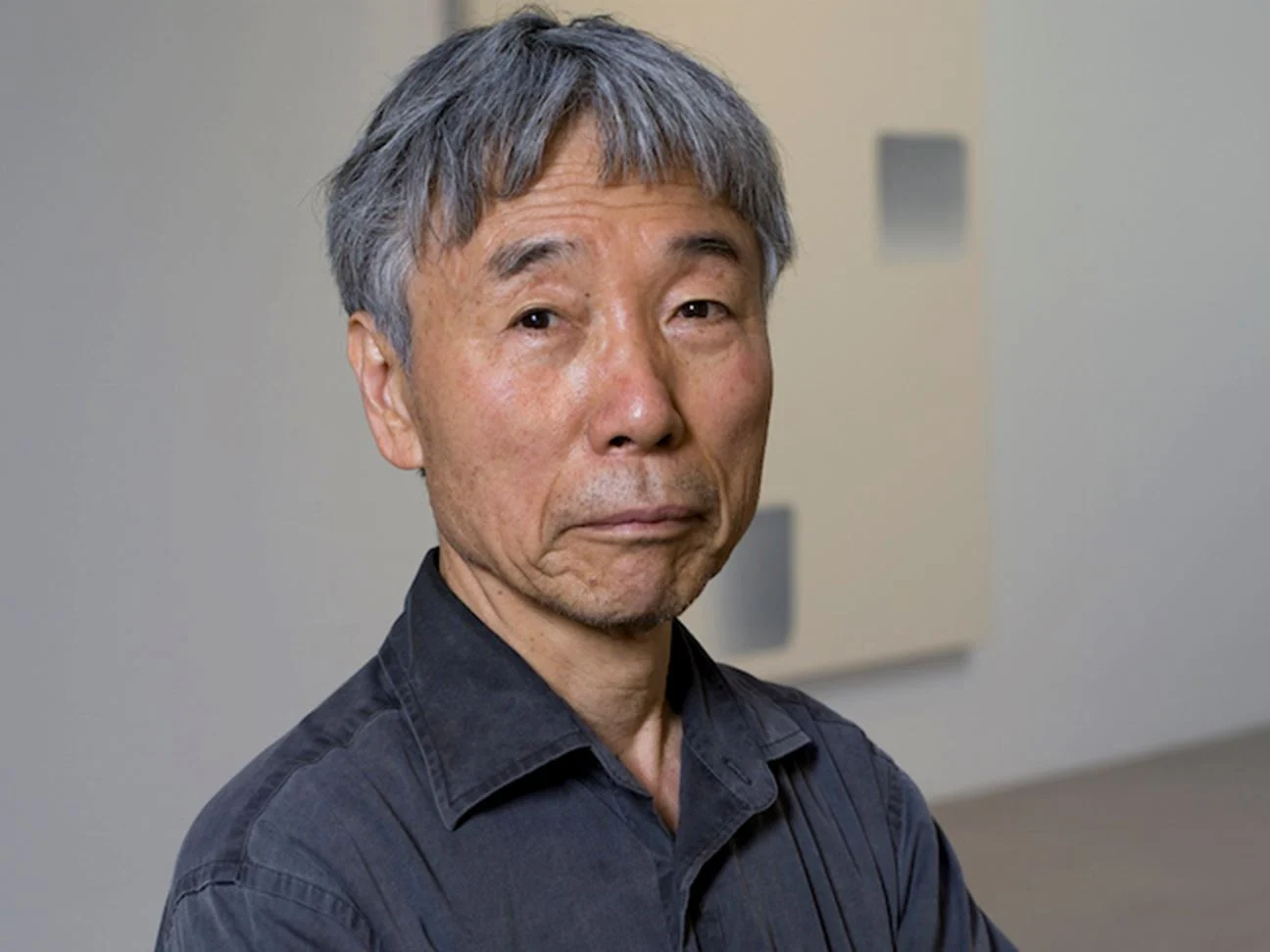
Lee Ufan is a Korean-Japanese artist. He is a leading figure of the Mono-ha movement, which emerged in Japan in the late 1960s and emphasized the relationships between natural and industrial materials, space, and perception.
Lee Ufan moved to Japan in 1956 and studied philosophy at Nihon University in Tokyo. In the late 1960s, he began to create minimalist sculptures and installations that explored the interactions between natural and industrial materials such as stone, metal, and glass.
In addition to his work as a visual artist, Lee Ufan is also a noted writer and philosopher. He has written extensively on aesthetics, contemporary art, and Zen Buddhism.
Lee Ufan's work has been exhibited in major museums and galleries around the world, including the Guggenheim Museum in New York, the Centre Georges Pompidou in Paris, and the National Museum of Modern and Contemporary Art in Seoul. He has also been the subject of several major retrospectives, including exhibitions at the Solomon R. Guggenheim Museum in New York in 2011 and the Centre Pompidou in Paris in 2014.
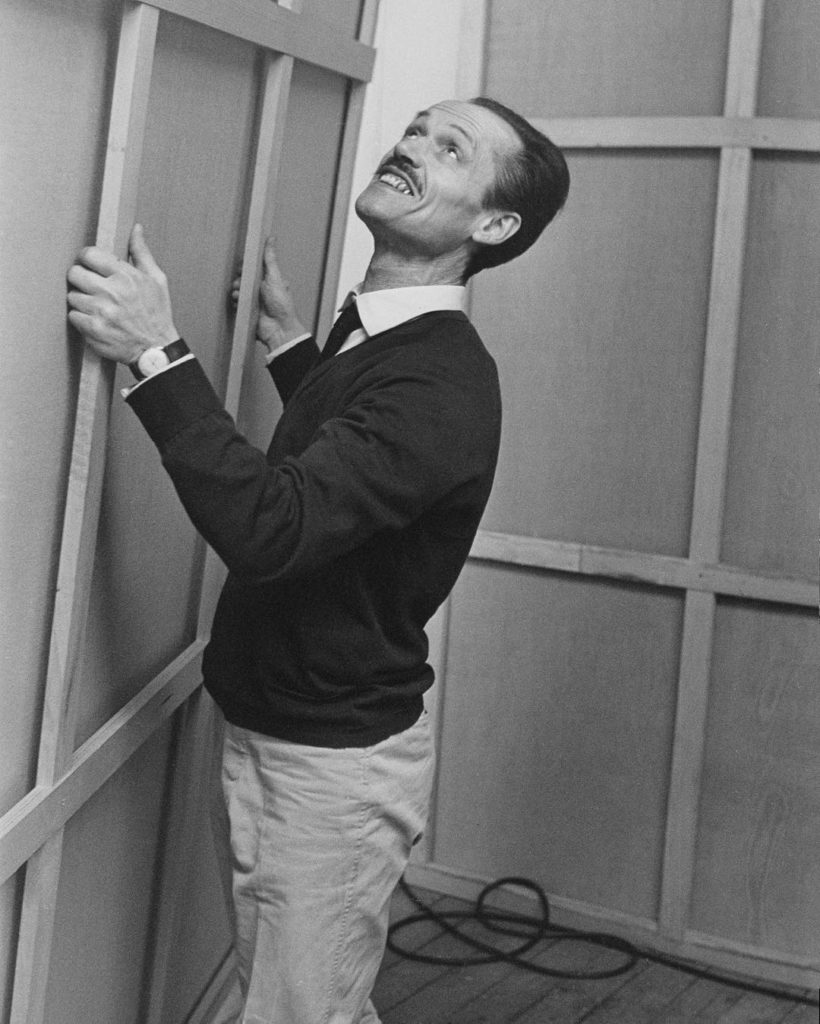
Jean Degottex was a French painter and a pioneer of lyrical abstraction.
Self-taught, in the army in Tunisia and Algeria when he was in his early 20s, Jean painted his first figurative paintings influenced by Fauvism. In 1951, Degottex was awarded the Kandinsky Prize, and from 1954 he began to paint in the style of gesture abstraction. He was also particularly inspired by East Asian calligraphy and Zen philosophy.
Degottex painted large-scale works, often in series, and in the 1970s began experimenting with paper art, folding and tearing paper. His work has always been characterized by extreme minimalism, and the artist meditates for a long time before starting to draw.
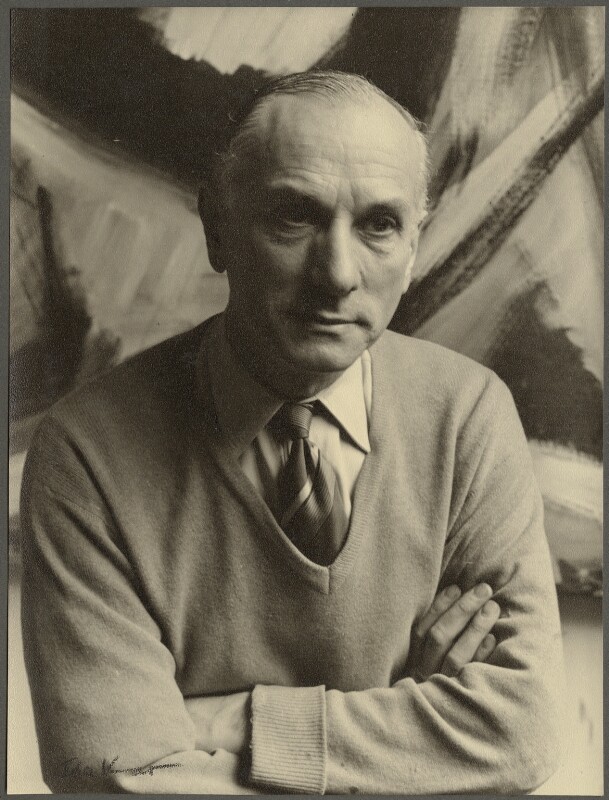
Gérard Ernest Schneider is a Swiss and French artist, one of the creators of lyrical abstraction.
He graduated from the Ecole Nationale des Beaux-Arts de Paris. And in the post-war years, the art of Gerard Schneider played a pioneering role in the birth of a new form of abstraction. Schneider, together with other artists in Paris, proposed a new, radical form of abstraction and called it lyrical abstraction. From the mid-1940s large exhibitions were organized in Paris and later in Germany, bringing together the main representatives of the new style.

Victor Vasarely, a seminal figure in the Op art movement, was a Hungarian-French artist celebrated for his pioneering contributions to geometric abstract art. Born Győző Vásárhelyi in Pécs, Hungary, in 1906, Vasarely's artistic journey led him to Paris, where he honed a distinctive style marked by optical illusions and kinetic art. By the late 1940s, he had developed his iconic approach, utilizing geometric shapes and a limited color palette to create artworks that seemed to move and vibrate. His work "Zebra," created in 1937, is often cited as one of the earliest examples of Op art, showcasing his fascination with creating the illusion of depth and movement on a flat surface.
Throughout the 1950s and 1960s, Vasarely's exploration into optical effects deepened, leading to significant series like his "Vega" works. These pieces are characterized by their illusionary three-dimensional space, seemingly pushing and pulling the viewer into the canvas. His dedication to optical and geometric abstraction was not just a pursuit of aesthetic innovation but also an exploration of the viewer's perception, making the observer an integral part of the artwork.
Vasarely's influence extended beyond the canvas, impacting architecture, sculpture, and even space exploration. In 1970, he founded the first museum dedicated to his works in Gordes, followed by the establishment of the Fondation Vasarely in Aix-en-Provence in 1976, showcasing his vision of integrating art with the environment. His artworks have found homes in prestigious institutions like the Museum of Modern Art and have been celebrated in exhibitions worldwide.
For collectors and experts in art and antiques, Vasarely's works offer a mesmerizing blend of scientific precision and artistic expression, encapsulating a moment in art history where the boundaries between viewer and artwork blurred. His legacy is a testament to the power of visual perception and the endless possibilities of abstract art.
For those interested in delving deeper into Victor Vasarely's visionary world and perhaps acquiring a piece of this history, signing up for updates on new product sales and auction events related to Vasarely's works is highly recommended. Stay informed and embrace the opportunity to own a part of the optical and geometric abstraction movement that Vasarely so brilliantly pioneered.
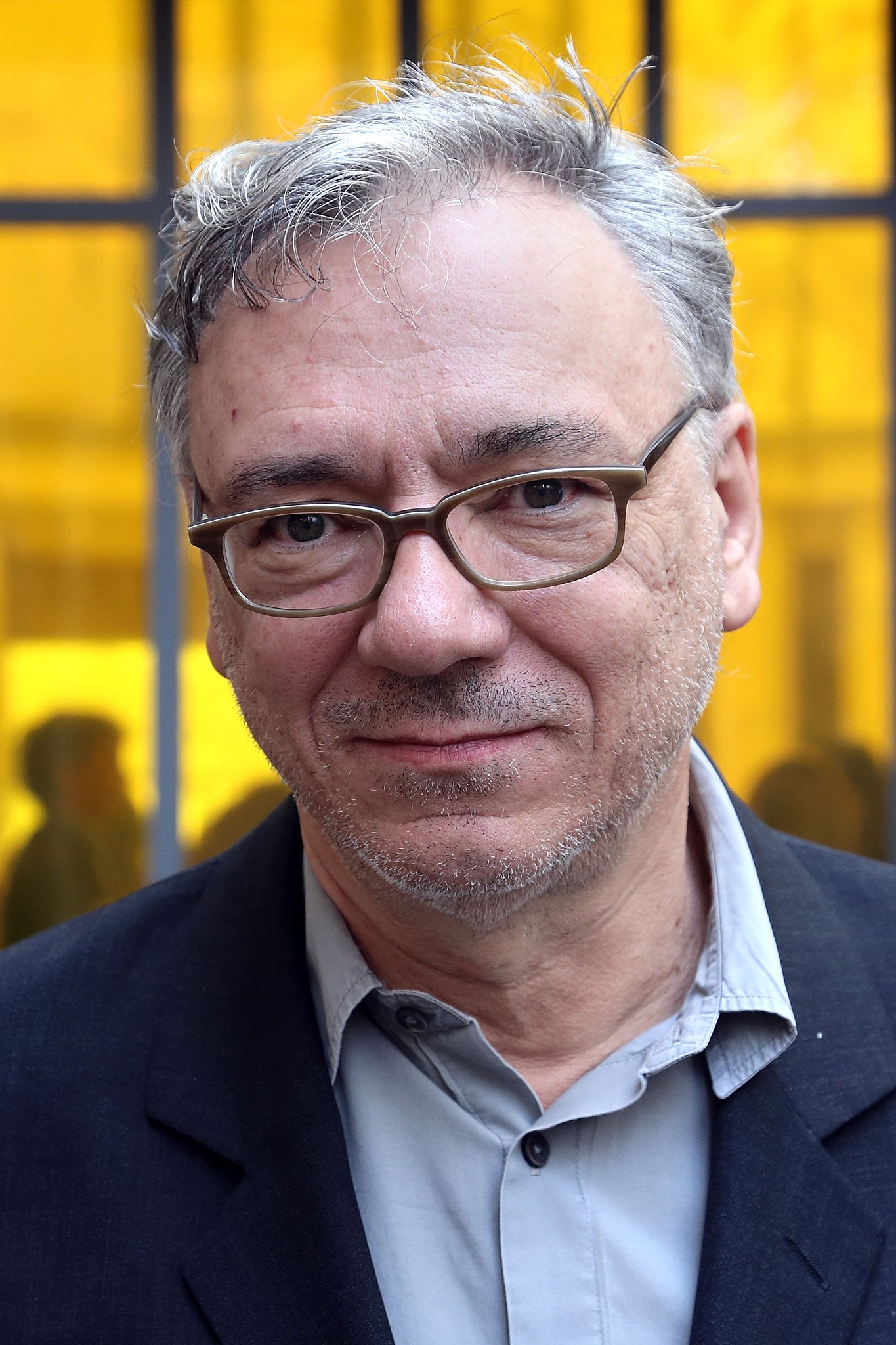
Peter Halley is an American artist and a central figure in the Neo-Conceptualist movement of the 1980s. Known for his Day-Glo geometric paintings, Halley is also a writer, the former publisher of index Magazine, and a teacher; he served as director of graduate studies in painting and printmaking at the Yale University School of Art from 2002 to 2011. Halley lives and works in New York City.
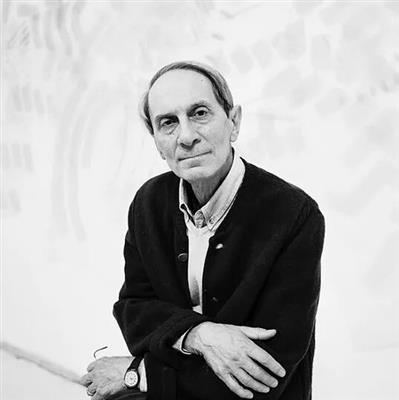
Giorgio Griffa is an Italian abstractionist painter.
He works in the style of abstract painting and paints with acrylics on canvas or even burlap, which are simply nailed to the wall. When folded, the paintings form folds, which Griffa considers the basis of his compositions.
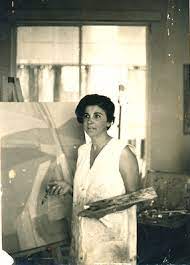
Helen Khal was an American artist and critic of Lebanese descent. She started her painting career at the age of 21. She held her first individual exhibition in 1960 in Galerie Alecco Saab in Beirut. Her other one-woman shows took place at Galerie Trois Feuilles d'Or, Beirut (1965); Galerie Manoug, Beirut (1968); at the First National Bank, Allentown, Pennsylvania (1969); in Kaslik, Lebanon (1970); at the Contact Art Gallery, Beirut (1972, 1974 and 1975) and at the Bolivar Gallery in Kingston, Jamaica in 1975. Her work also appeared in the Biennales of Alexandria and São Paulo. She also taught art at the American University of Beirut from 1967 to 1976 and at the Lebanese American University from 1997 to 1980. She inspired many other artists. Helen Khal was also recognized as an author and critic. "From 1966 to 1974, Helen Khal was Art Critic to two Lebanese periodicals, The Daily Star and Monday Morning.
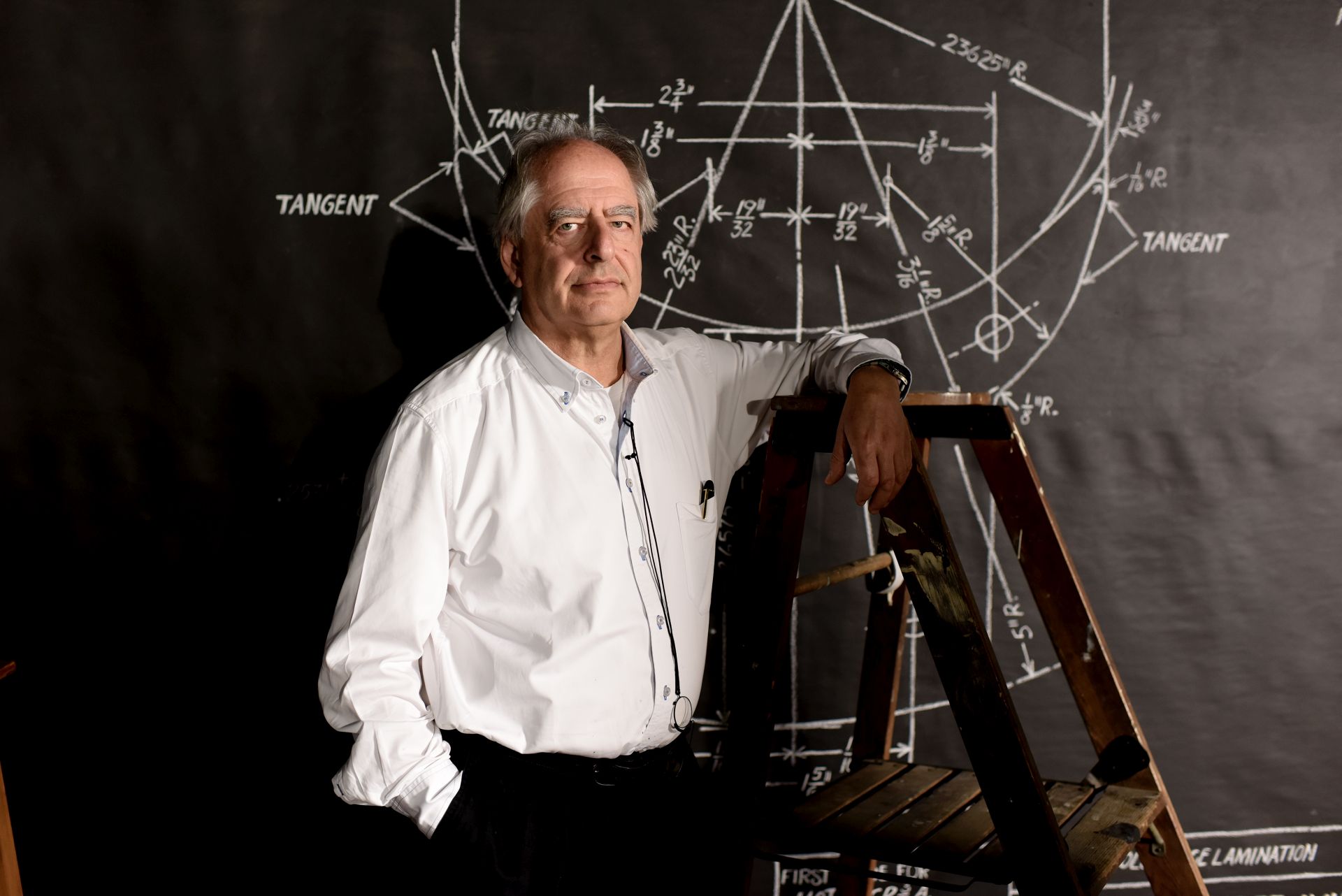
William Kentridge is a South African artist best known for his prints, drawings, and animated films, especially noted for a sequence of hand-drawn animated films he produced during the 1990s. The latter are constructed by filming a drawing, making erasures and changes, and filming it again. He continues this process meticulously, giving each change to the drawing a quarter of a second to two seconds' screen time. A single drawing will be altered and filmed this way until the end of a scene. These palimpsest-like drawings are later displayed along with the films as finished pieces of art.
Kentridge has created art work as part of design of theatrical productions, both plays and operas. He has served as art director and overall director of numerous productions, collaborating with other artists, puppeteers and others in creating productions that combine drawings and multi-media combinations.
